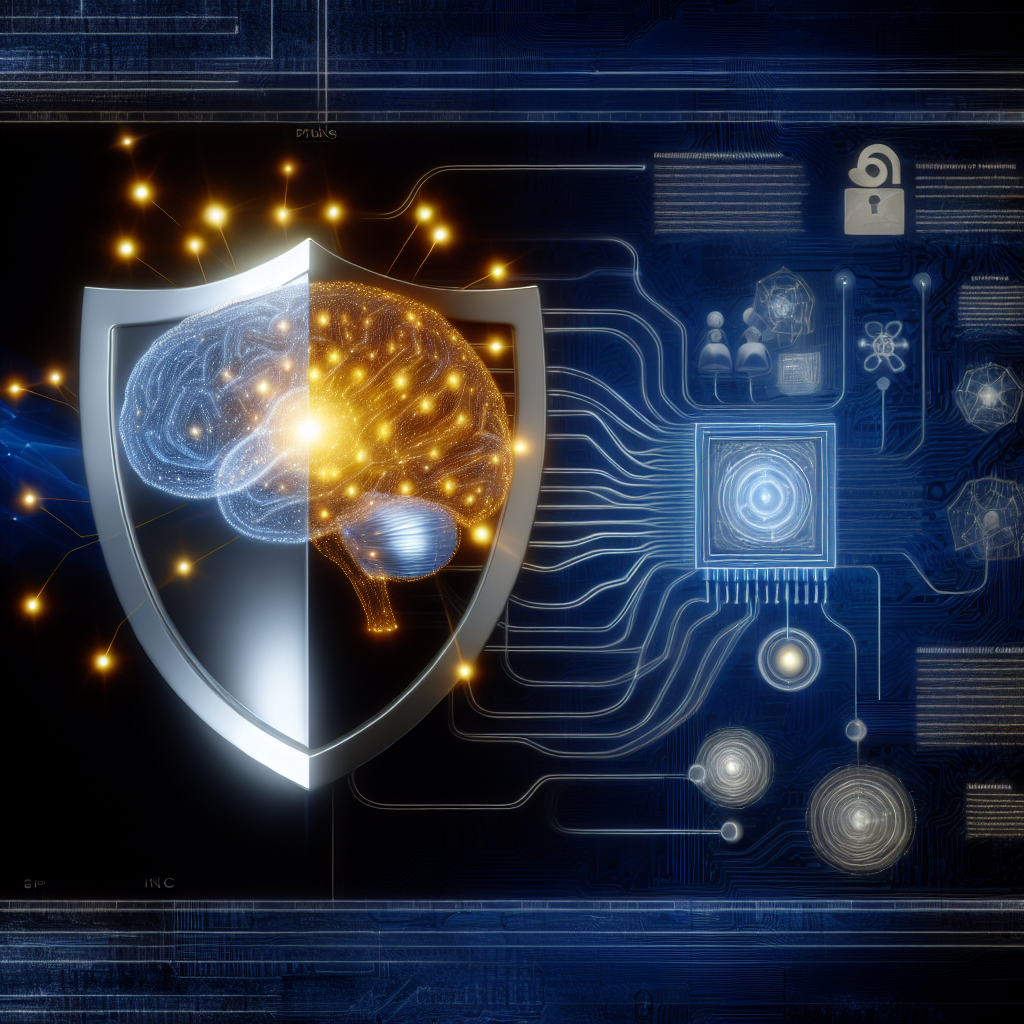
Intellectual Property in Neuromorphic Computing: Protecting Innovations
Introduction
As the field of neuromorphic computing continues to advance, the importance of protecting innovations through intellectual property (IP) becomes increasingly critical. Neuromorphic computing mimics the neural structure and functioning of the human brain to achieve efficient processing of information. The unique nature of this technology not only paves the way for ground-breaking solutions in artificial intelligence (AI) but also raises complex legal challenges. At The Consultant Global, we understand the fundamental role that intellectual property plays in safeguarding these revolutionary innovations in the rapidly evolving tech landscape.
Understanding Neuromorphic Computing
Neuromorphic computing structures computing architectures to resemble the neural networks found in biological brains. Utilizing systems inspired by human cognitive functions, this technology enables machines to process information more intuitively and efficiently than traditional binary computing methods. With potential applications ranging from machine learning to real-time data processing, the implications of neuromorphic computing on industries are profound.
Key Features of Neuromorphic Computing
- Energy Efficiency: Neuromorphic systems consume far less power compared to conventional computing systems, making them ideal for mobile and edge devices.
- Parallel Processing: Like the human brain, neuromorphic systems excel at parallel processing, allowing for rapid decision-making capability.
- Adaptive Learning: These systems can learn and adapt in real-time, optimizing their performance based on new data inputs.
The Importance of Intellectual Property
Intellectual property is a foundational aspect of protecting innovations in neuromorphic computing. As inventors and companies strive to carve out their niche in this competitively evolving field, securing patents, copyrights, and trademarks is essential in safeguarding their technological advancements.
Types of Intellectual Property in Neuromorphic Computing
- Patents: Patents protect novel inventions, including unique algorithms and neural network architectures. In the realm of neuromorphic computing, having a robust patent strategy can prevent competitors from copying or utilizing proprietary technology.
- Copyrights: While patents focus on inventions, copyrights protect original works of authorship, such as specific software enhancements or code related to neuromorphic systems.
- Trademarks: Distinguishing your neuromorphic technology brand through trademarks can enhance your market presence and build customer loyalty.
Key Considerations for Protecting IP in Neuromorphic Computing
Companies venturing into neuromorphic computing must employ a proactive approach to safeguard their innovations. Here are several key considerations:
Conducting Thorough Research
Before investing in the development of neuromorphic systems, conducting comprehensive research on existing patents and existing technologies is paramount. This not only helps in avoiding infringement but also sheds light on potential opportunities for innovation.
Developing a Robust Patent Strategy
A well-defined patent strategy, tailored to the unique aspects of neuromorphic technology, should be part of any tech company’s business model. It is fundamental to consult with IP attorneys who specialize in technology to craft a strategy that covers every critical innovation.
Continuous Monitoring and Enforcement
After securing intellectual property rights, ongoing vigilance is essential. Companies must monitor for potential infringements and be ready to enforce their IP rights when necessary to maintain competitive advantage.
Legal Regulations Influencing Intellectual Property in Neuromorphic Computing
The legal landscape surrounding intellectual property in the U.S., U.K., and the UAE presents diverse challenges and opportunities for companies in the neuromorphic computing sector. It is essential for organizations to navigate these regulatory frameworks effectively.
U.S. Regulations
In the United States, intellectual property law emphasizes the protection of innovations through patent and copyright mechanisms. With a robust legal system that supports technological advancements, businesses have a favorable environment for securing their innovations in neuromorphic computing. Engaging with the U.S. Patent and Trademark Office (USPTO) to file patents should be a priority for innovators in this domain.
U.K. Regulations
The U.K. also offers strong IP protections under the intellectual property law framework. Companies expanding their neuromorphic projects in the U.K. must stay compliant with local regulations and consider filing for both U.K. and international patents, especially if they aim to operate within the European market.
UAE Regulations
In the UAE, the legal landscape is continually evolving to embrace technological innovations. Organizations must be diligent in understanding the intellectual property laws relevant to neuromorphic technologies. As the region promotes a strong focus on technology and innovation, businesses have favorable opportunities to secure their intellectual properties in a rapidly growing market.
Navigating Cultural Differences in IP Enforcement
As a globally engaged company, The Consultant Global understands that cultural differences can impact how intellectual property laws are perceived and enforced. Navigating these nuances is vital, particularly in diverse markets such as the GCC and UAE.
Building a Multicultural Approach
Our extensive multicultural experience allows us to facilitate effective communication and understanding between diverse business environments and legal frameworks. At The Consultant Global, we pride ourselves on our ability to adapt strategies to align with the cultural and legal landscapes of all markets we serve.
Language Proficiency for Effective Communication
Our team’s language proficiency in English, Turkish, Azerbaijani, Russian, and French positions us uniquely to assist clients across various regions. This ability not only builds trust but also enables nuanced determination of compliance strategies that resonate with local cultures.
Conclusion
Intellectual property plays a critical role in protecting the innovations stemming from neuromorphic computing. With the rapid evolution of technology and the challenges that come with it, businesses must prioritize securing their intellectual property to maintain a competitive edge. At The Consultant Global, we are dedicated to supporting organizations in navigating the complexities of IP protection, providing insights backed by our extensive experience and cultural understanding. Whether you are in the GCC or looking to expand globally, our consultancy services aim to maximize your business’s potential while safeguarding your innovations. We are The Consultant Global, and we ensure things get done!




Leave a Reply